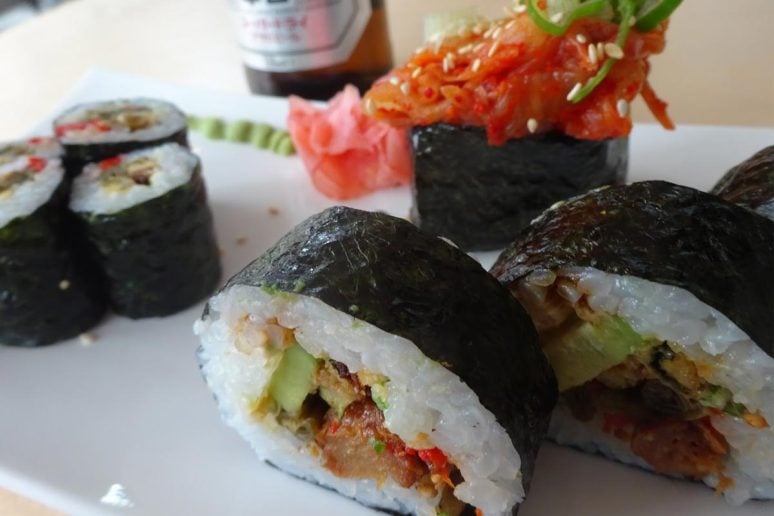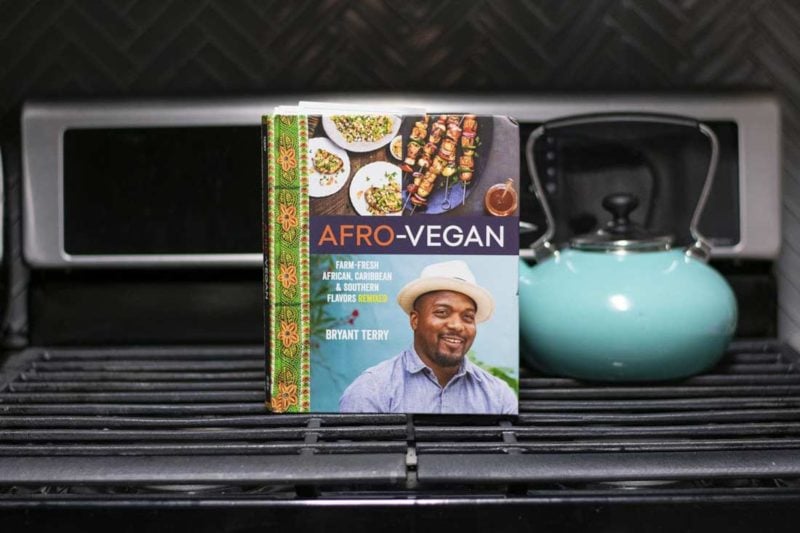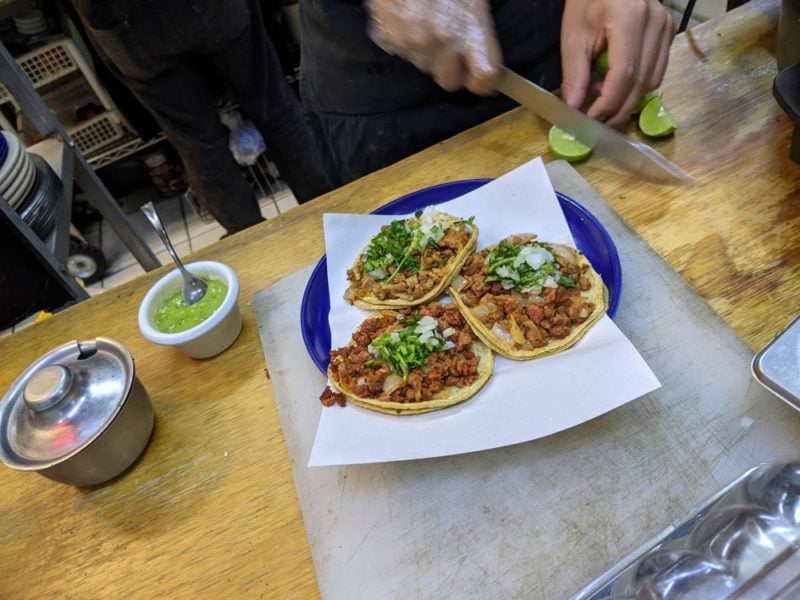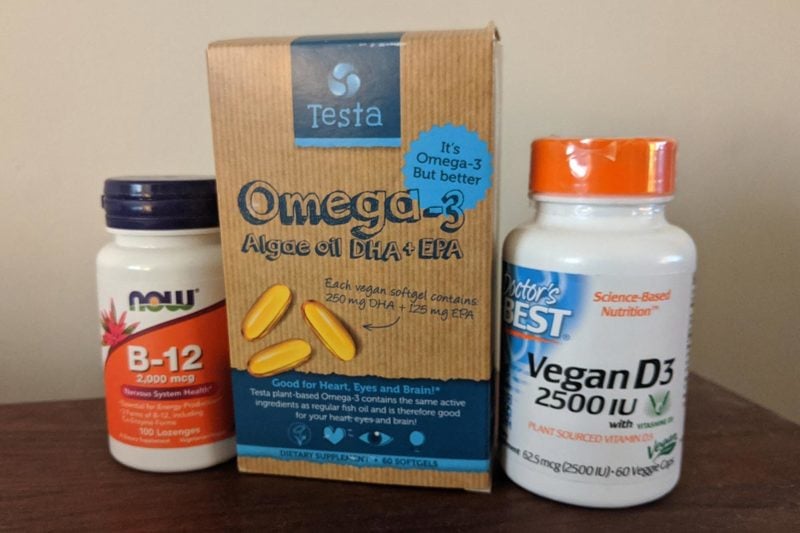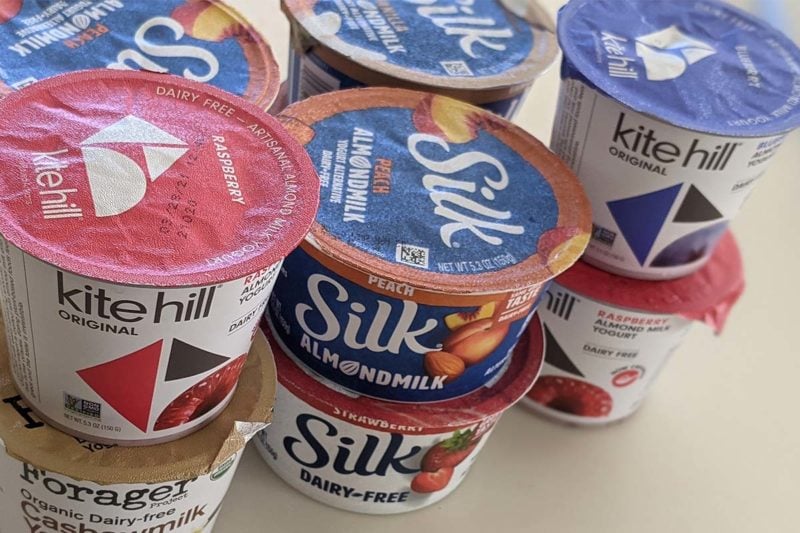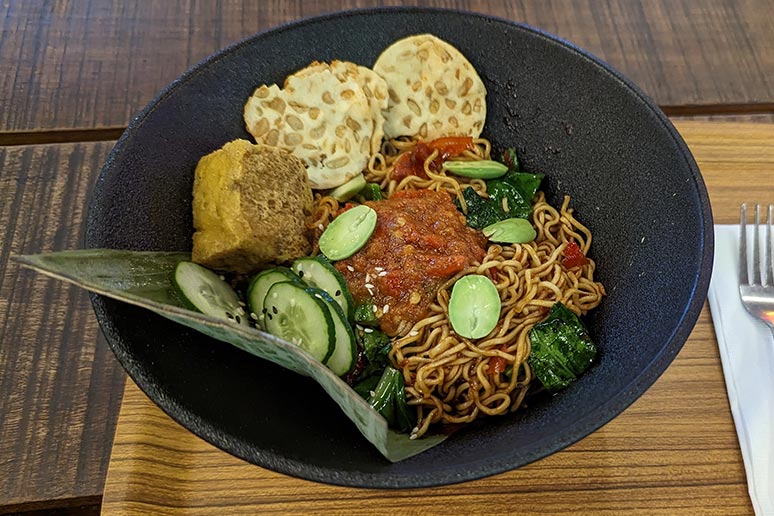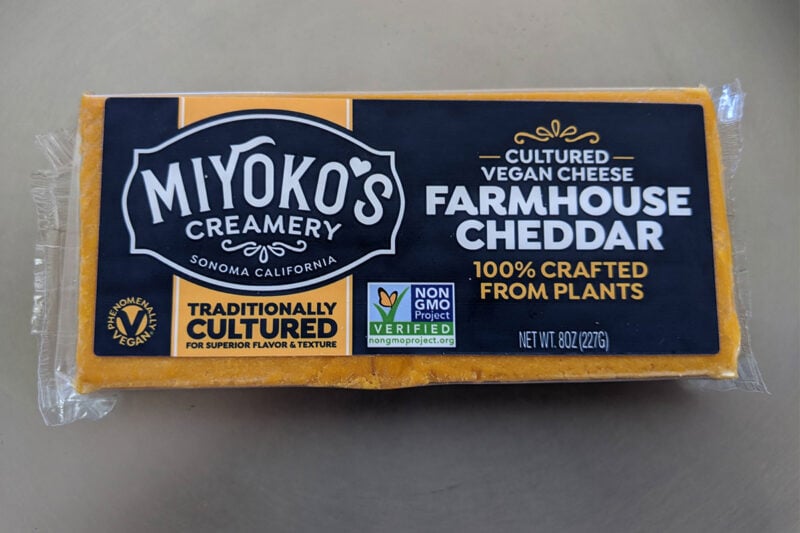Is sushi vegan? Well, it can be.
Unfortunately, most sushi contains either fish or roe. But vegan sushi is nevertheless widely available in groceries and at restaurants. It’s also easy to make at home. Whether you buy it or make it yourself, vegan sushi is some of the tastiest food you’ll ever eat.
Sushi is by far the most famous dish in Japanese cooking. It takes an endless variety of forms, from dead-simple three ingredient nori rolls to extravagant offerings that demand years of training for authentic preparation. Luckily for vegans, the complexity surrounding sushi preparation mainly regards the fussy work of cutting up the fish, which demands expert instruction—especially where fugu (puffer fish) species are concerned. These fish contain a gland carrying enough poison to kill thirty people!
By contrast, you can make fantastic vegan sushi with minimal practice, with no risk of killing anybody.
Vegan sushi makes terrific sense from an ethical and environmental standpoint. You’ll also avoid potential exposure to parasitic worms and larva that are far-too-commonly found in raw fish.
Vegan Sushi Fillings
Fish is absolutely not a mandatory sushi ingredient. Here are some vegan items that are marvelous in sushi:
- avocado
- cucumber
- baked sweet potato
- nato
- fried or baked tamari-marinated tofu
- baked kabocha squash
- radish
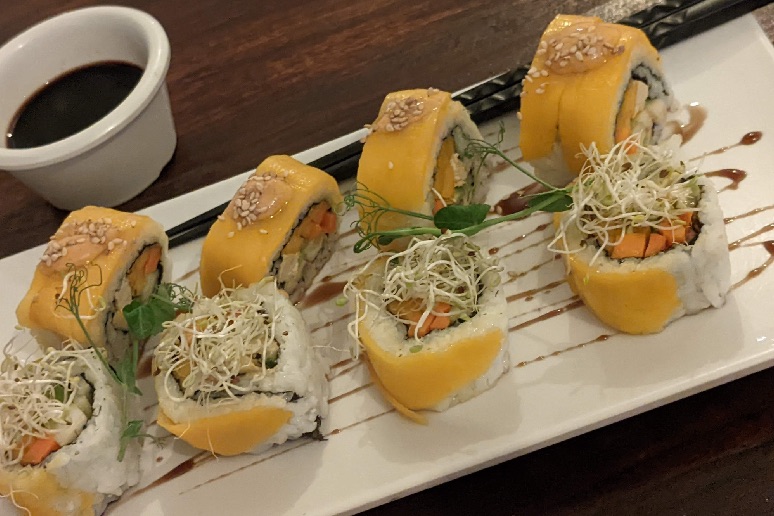
Restaurant Sushi
You may have trouble finding totally vegan sushi in restaurants. That’s because most Japanese restaurants flavor their rice with dashi, a seasoning that provides a umami flavor. Dashi is usually made from fish flakes, but it is possible to make this seasoning from vegan ingredients like seaweed or mushrooms. Unfortunately, it’s a safe bet that the rice cooked at most sushi restaurants contains a minuscule amount of fish-based dashi.
If you can get vegan rice you’re home free—just order a nori roll made without seafood or eggs. Keep in mind, though, that the cost of your meal may be unreasonably high—because of lofty fish prices, sushi restaurants are among the most expensive places to eat. It’s unlikely that you’ll get an appropriate discount for ordering fish-free sushi, even though the ingredients that go into your meal could hardly be cheaper.
Nori rolls are served alongside a shallow bowl in which you’ll pour a little soy sauce. You’ll then use your chopsticks to stir in as much wasabi paste as suits your taste. Wasibi is super pungent, so try just a tiny bit to start. Next, you’ll use chopsticks to take a piece of sushi, and dip it into your soy sauce. It’s a faux pas to treat nori rolls as a finger food while at restaurants, but when I’m home and nobody’s looking I don’t see the point of using chopsticks. My Japanese friends don’t use them either for informal meals at home.
While it can be tough to find 100 percent vegan sushi at restaurants, many natural food stores carry vegan nori rolls. Just check the refrigerated section, next to their sandwiches and other prepared meals.
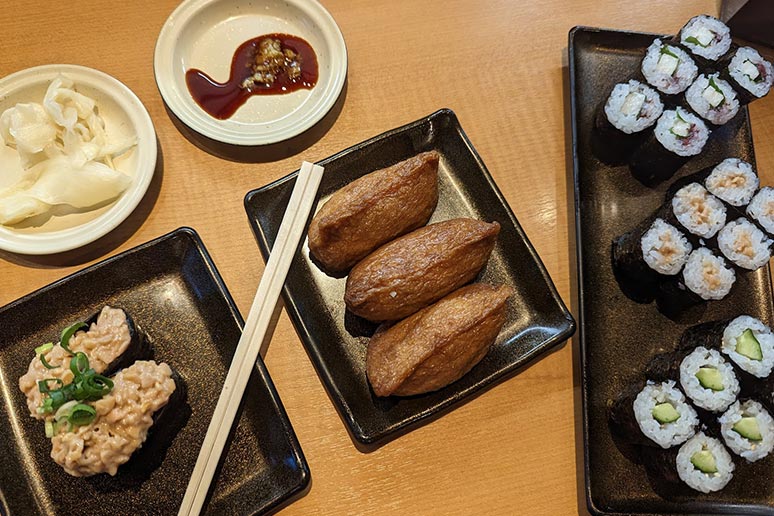
Making Vegan Sushi at Home
If there’s no place nearby that sells vegan sushi, it’s easy to make your own.
You’ll need sushi rice, veggies, nori, and a sushi rolling mat. Any good natural food store carries sheets of nori. Better yet, Asian groceries typically sell it at rock-bottom prices—and they also stock an excellent selection of soy sauce, pickled ginger, sushi rice, and wasabi.
Once you get the knack of making nori rolls, they are one of the easiest gourmet-leaning meals you can make. YouTube offers numerous instruction videos for making vegan sushi. Here’s a splendid introductory video that covers the basics, and shows you three varieties perfect for your first attempts. And here’s a longer video showing more ambitious and labor-intensive variations.
If you want to explore further, pick up a copy of the all-vegan cookbook, Sushi Modoki.
Fancy Fillings and Special Accompaniments
Making nori rolls at home offers the perfect opportunity to experiment with the latest vegan fish alternatives. Ocean Hugger Foods offers a product called Ahimi that’s made from tomatoes, yet has a texture and flavor profile shockingly similar to pricey (and often endangered!) tuna.
Half of what makes sushi special are its accompaniments. At home or in restaurants, try eating slices of pickled ginger and sipping some cold Japanese beer between pieces. Note that store-bought pickled ginger may contain artificial sweeteners or red dye, so read labels and opt for a gourmet brand. Japanese-style lager beers, not surprisingly, provide the perfect accompaniment to vegan sushi. Available internationally, Asahi’s flagship Super Dry beer sold in silver cans makes for a sensational vegan pairing.

